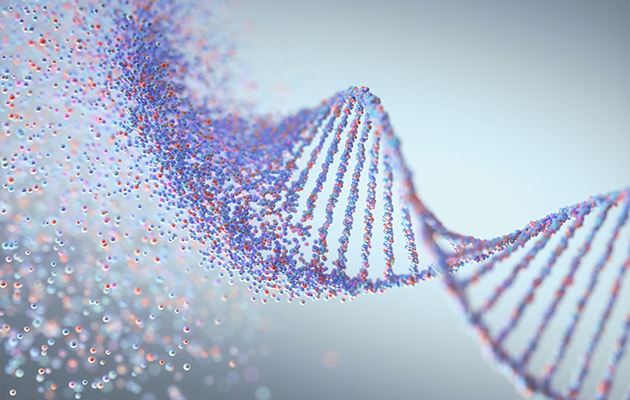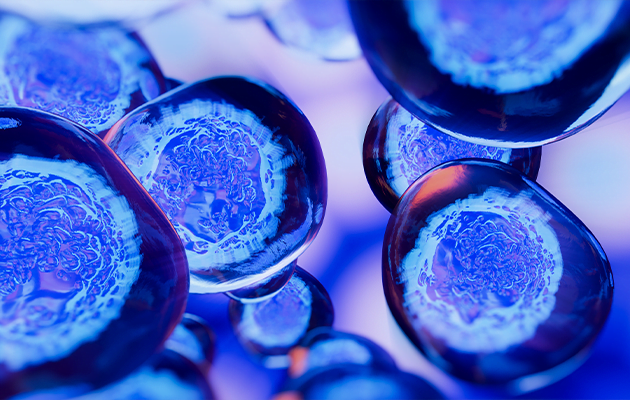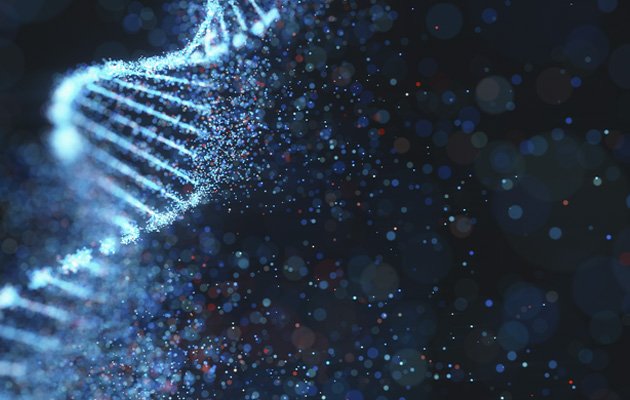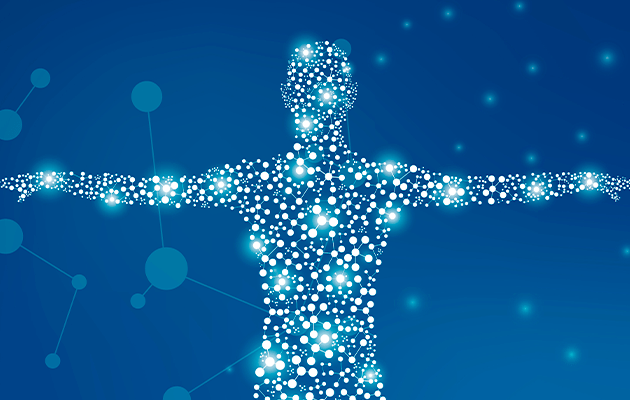
Genes make up only a small part of the genome, 1 to 2%, the rest being composed of intergenic regions that do not code for proteins.
Each of the more than 200 cell types in the body interprets this identical information very differently to perform the functions necessary to keep us alive. This shows that we must look beyond the DNA sequence itself to understand how an organism and its cells function.

Epigenetics explains how experiences can alter gene activity without interfering with DNA sequence.
It is also responsible for the inheritance of various traits and the ability to transmit these traits over several generations. Many people call this cellular memory.
Previously, it was believed that epigenetic transformations took place only at the initial stage of an organism’s formation and were not observed in adulthood. Everything changed at the end of the 20th century, when there was a revolution in the genetic view; it became very clear that these changes occur constantly and affect our lives.

One of the most studied mechanisms of epigenetic regulation of gene activity is the methylation process, which consists of the addition of a methyl group to cytosolic DNA bases.
Methylation is an important process for our genes at different times in our lives, and conditions that interfere with methylation can cause us harm in the future. For example, during pregnancy, it is very important to consume folic acid along with vitamin B12 and the amino acid methionine, which serves as a donor-provider of methyl groups necessary for the normal flow of methylation, otherwise the risk of pathologies in the baby increases.
Another good example: regular consumption of green tea reduces the risk of cancer, as it contains a substance called epigallocatechin gallate (EGCG), which can activate genes that inhibit tumor growth by demethylating their DNA sites.

Our genetic information is encoded in the bases of the DNA sequence. Inside cells, DNA is wrapped around proteins called histones. DNA free of histones allows its genes to be turned on. In turn, genes coiled around histones are turned off.
One of the ways to inactivate a given gene is to attach a small methyl group to it. This involves the enzyme DNMT binding to the DNA and transferring the methyl group to the base of the cytosine, which is wound onto the DNA strand (this usually occurs in areas where the guanine follows the cytosine).
DNA methylation is a process in which, under certain environmental conditions, a certain part of the genes is turned on or off without changing the DNA structure. The gene remains the same, but its expression, i.e. its activity, changes.

To better appreciate epixlife®’s objective, it is first necessary to understand what we mean by gene expression. Genes encode the information needed to produce proteins, which are the molecules that perform functions in the cell.
How much protein a given gene ultimately produces, or whether it is allowed to produce protein at all, is determined by its gene expression or activity.
If the cell is expending energy to produce RNA from DNA, it is probably being used for something. Proteins that bind to DNA influence the expression of a gene, and chemical modifications of DNA can also prevent or enhance gene expression.

The functional complexity of hair follicles makes it a perfect source to provide comprehensive results based on their bioinformation.
The hair erector muscle or piloerector constantly detects not only changes in temperature and atmospheric pressure, but also the vibrations and frequencies of the ecosystem and the surrounding area.
It reacts instantaneously to changes and threats in the environment, causing the hair to “bristle” and relax when the environment is calm. It expands and contracts when the system overheats or cools, therefore, the cells contained in the hair bulb store bioinformation as it is connected to the arrector pili muscle.
Epigenetics and the epigenome
Dr. Carlos Orozco, 2019
Traditionally speaking, epigenetics is the study of changes in gene expression that are not mediated by the DNA sequence…
Quantum physics, epigenetics,
vibrational medicine
Dr. Donado Méndezy y Dr. Carlos Orozco, 2019
Reviewing the history and evolution of physics, one finds that as early as 450 BC, Democritus developed the “atomic theory of the universe” in which he described that…
Quantum mechanics
Dr. Carlos Orozco, 2019
The wave equation, the wave of personal identification and entanglement.
Terms of service | Legal notice | Privacy policy | Cookies
epixlife® 2024 © All rights reserved.